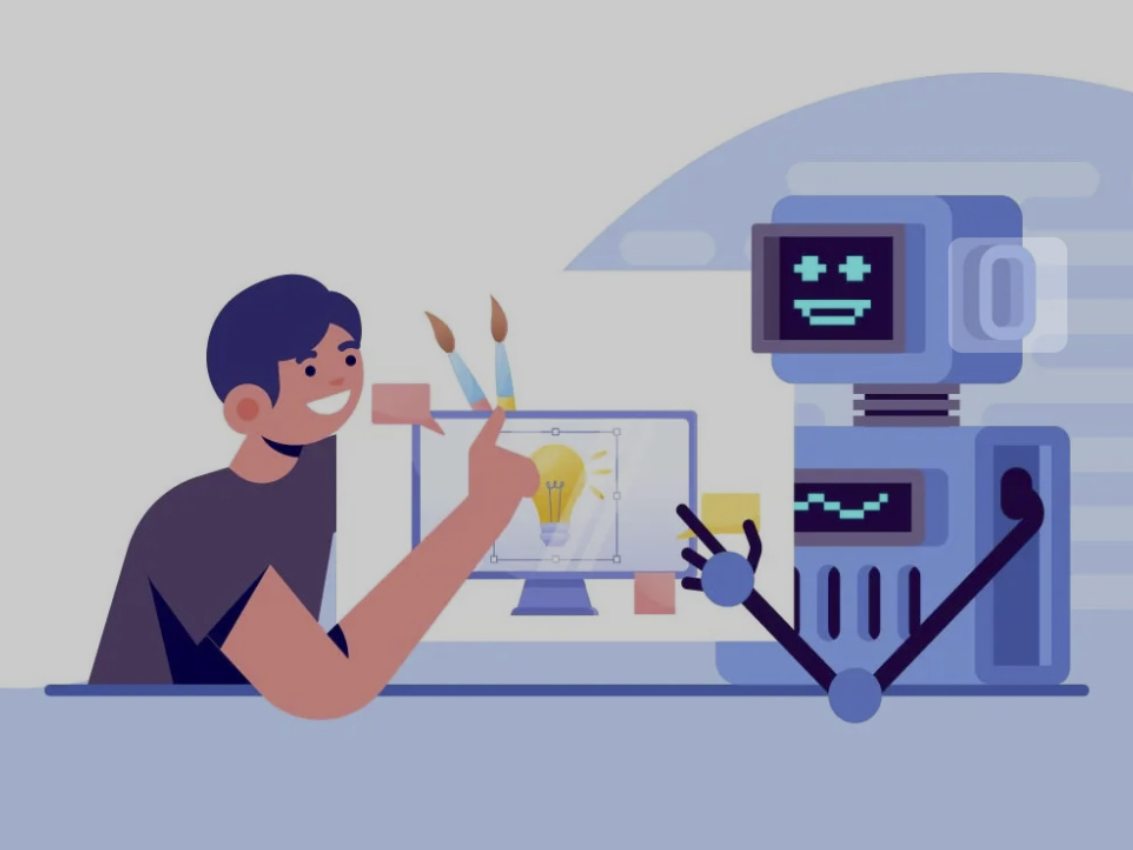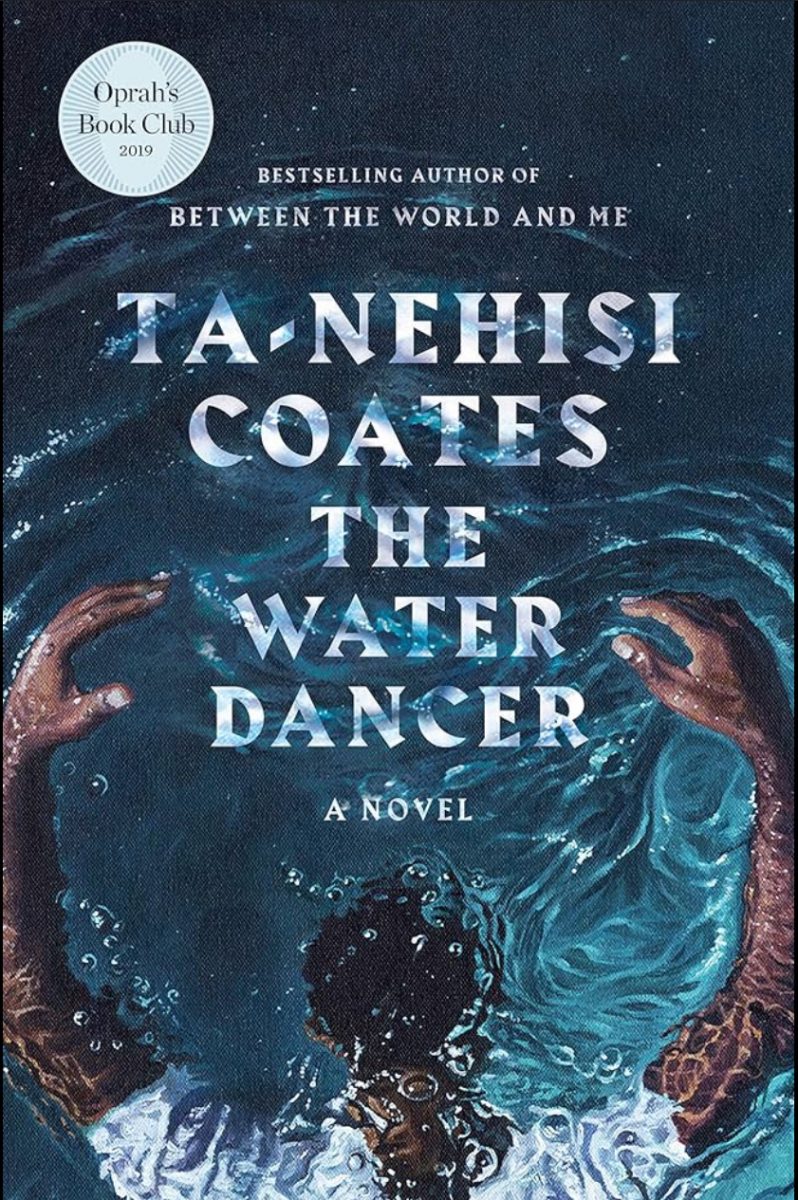Published September 24, 2014
Julia Love – MCT Campus
Across the Bay Area and beyond, the Apple faithful rose before dawn Friday, lined up on the cold, hard concrete and then forked over hundreds of dollars — all so they could be first to own the iPhone 6.
What they might not have realized is that Apple needs them just as much as they feel they need the latest versions of its iconic phone.
Seven years after its debut, the iPhone has become the lifeblood of Apple. The pocket-size powerhouse already drives more than half of the company’s sales, and that figure is likely heading north. Outfitted with the larger screens that consumers crave, the iPhone 6 and 6 Plus sparked record pre-orders last week and flew off the shelves Friday. With sales for the rest of Apple’s gadgets largely flat, the company’s fortunes will rise and fall with the iPhone, analysts say.
As Colin Gillis of BGC Financial put it: Apple is the iPhone company.”
It’s an ironic turn for a company that began as a computer maker determined to be known for more than its flagship Mac. Apple dropped “Computer” from its name in 2007, the year the original iPhone was released, to cement the shift to a broader array of personal electronics.
To be sure, the iPhone is a great device to lean on _ it yields huge profits for Apple, and the global smartphone market is red hot. Nevertheless, analysts say, companies generally try to draw their sales from various products to hedge against risk.
“It’s dangerous to have all your eggs in one basket,” said Roger May of Endpoint Technologies Associates.
What’s more, growth in the smartphone market is increasingly coming from the lower end, but the iPhone is getting pricier.
The iPhone 6 Plus starts at $299 with a two-year contract -— $100 more than Apple’s marquee device last year.
“If the premium space slows down, that would be negative for Apple because they are so dependent on the iPhone,” Gillis said.
Yet for some consumers, Apple must simply name its price. The company announced that it received a record 4 million pre-orders for the iPhone 6 and 6 Plus on the first day they were available, twice the volume it reported for the iPhone 5.
Some of those sales may be coming at the iPad’s expense. As smartphones expand and tablets shrink, analysts suspect that many consumers will not see the need to lug both devices around.
The iPad Mini seems particularly vulnerable, measuring 7.9 inches diagonally, compared with the 5.5-inch display of the iPhone 6 Plus.
Yet Apple probably isn’t afraid of cannibalizing sales of the Mini, said analyst Gene Munster, noting that the company gleans much more profit from sales of its premium iPhone.
“They would rather sell you one iPhone 6 Plus than an iPhone and an iPad,” said Munster, who is a managing director at research firm Piper Jaffray.
And strong iPhone sales could bode well for other gadgets in Apple’s portfolio. The iPhone is designed to work best with other Apple devices, perhaps enticing consumers who start with the smartphone to rack up more products.
After introducing the latest iPhones last week at a flashy event in Cupertino, Apple executives rolled out Apple Pay, a mobile payments service, and the Apple Watch, a timepiece that tracks users’ fitness.
Yet despite the new offerings, the iPhone’s dominance doesn’t seem to be letting up anytime soon. The Apple Pay service is built into the latest iPhones as well as the smartwatch.
And Apple Watch users must have an iPhone on their person to take advantage of most of the timepiece’s features.
“You can’t have either of them without the iPhone, plain and simple,” said Ramon Llamas, an analyst at technology research firm IDC.






